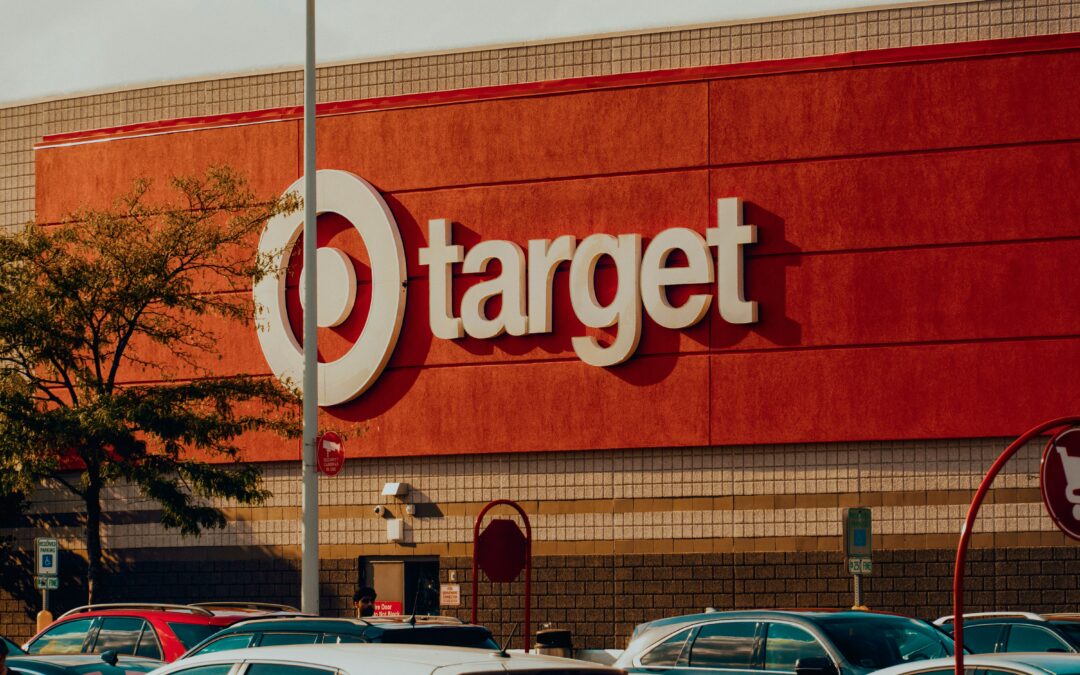When a product isn’t safe, stores like Target have to act fast. Recalls play a big role in keeping shoppers safe from harmful or faulty items. Target recalls happen when a product could put customers at risk, and the company pulls those items off the shelves. Understanding why recalls happen and how Target handles them helps shoppers stay safe and informed.
What Causes Target to Recall Products?
Products don’t get recalled just for any small issue. Typically, recalls happen when safety or quality problems arise. Here are the main reasons Target might recall a product:
Safety and Health Risks
Products that pose dangers like choking hazards, toxic chemicals, or hidden allergens often lead to recalls. For example, toys with small parts or items containing unsafe substances trigger safety alerts. Protecting families, especially children, is a key priority.
Manufacturing Defects and Contamination
Sometimes, items leave the factory with problems like broken parts, poor assembly, or contamination. This can include food tainted during production or household goods with faulty wiring. These defects can cause harm or simply make products not work as expected.
Incorrect Labeling and Packaging
Wrong labels or packaging can confuse customers, leading to serious health risks. For instance, if a product doesn’t clearly list allergens or uses misleading instructions, Target will recall it to prevent issues. Accurate labeling keeps users informed and safe.
How Target Handles Product Recalls
When a recall is needed, Target follows a clear process to take care of the problem quickly:
Recall Detection and Investigation
Target finds out about faulty products through supplier reports, internal quality checks, or customer complaints. Once a problem is spotted, the company investigates to confirm the issue and its risk level.
Customer Notification and Communication
Target informs customers using emails, updates on their website, social media posts, and alerts in stores. Quick and clear communication helps shoppers know which products to avoid or return.
Refunds, Exchanges, and Returns Policy
Shoppers can return recalled items to any Target store or by mail. Customers usually get full refunds or can exchange the item for a safe alternative. This policy helps resolve the issue fairly and keeps customers happy.
Examples of Notable Target Recalls
Looking at past recalls at Target shows the scope of challenges they face:
Children’s Toys and Safety Concerns
Target has recalled toys that posed choking hazards or had unsafe parts. These recalls highlight the importance of strict safety checks for kids’ products.
Food and Beverage Recalls
Food items have been pulled from shelves due to contamination or allergen mix-ups. Keeping food products safe means protecting consumers from potential health problems.
Electronics and Household Items
Defective electronics, like those with fire risks or faulty wiring, have been recalled by Target. These recalls are critical in preventing accidents in homes.
How Consumers Can Stay Informed About Target Recalls
Staying aware of recalls helps shoppers avoid unsafe products. Here’s how consumers can keep up to date:
Using Target’s Official Website and App
The best source for recall info is Target’s own website and mobile app. They list all current recalls with details and instructions.
Signing Up for Recall Alerts and Newsletters
Customers can subscribe to Target’s email updates and newsletters for recall notices. This ensures important news arrives straight to your inbox.
Following Consumer Safety Organizations
Groups like the Consumer Product Safety Commission (CPSC) and the Food and Drug Administration (FDA) share wider recall info, including items sold at Target. Following them provides an extra layer of protection.
Preventing Recalls: Target’s Commitment to Quality and Safety
Target works hard to reduce recalls by focusing on product quality from the start.
Supplier Vetting and Quality Assurance
Target carefully screens suppliers and requires them to meet strict safety and quality standards before products reach shelves.
Regular Product Testing and Inspections
Continuous testing helps catch problems early. Target inspects products regularly to spot defects or safety issues before customers buy them.
Customer Feedback and Continuous Improvement
Target listens to shopper feedback to identify problems quickly. This helps improve product safety and avoid future recalls.
Conclusion
Target recalls play a critical role in protecting shoppers from unsafe products. By quickly identifying issues, informing customers, and offering refunds or exchanges, Target manages recalls responsibly. Staying informed through Target’s website, newsletters, and official safety groups helps customers stay one step ahead. Together, these steps keep shopping safer for everyone.
Photo by Shabaz Usmani on Unsplash
